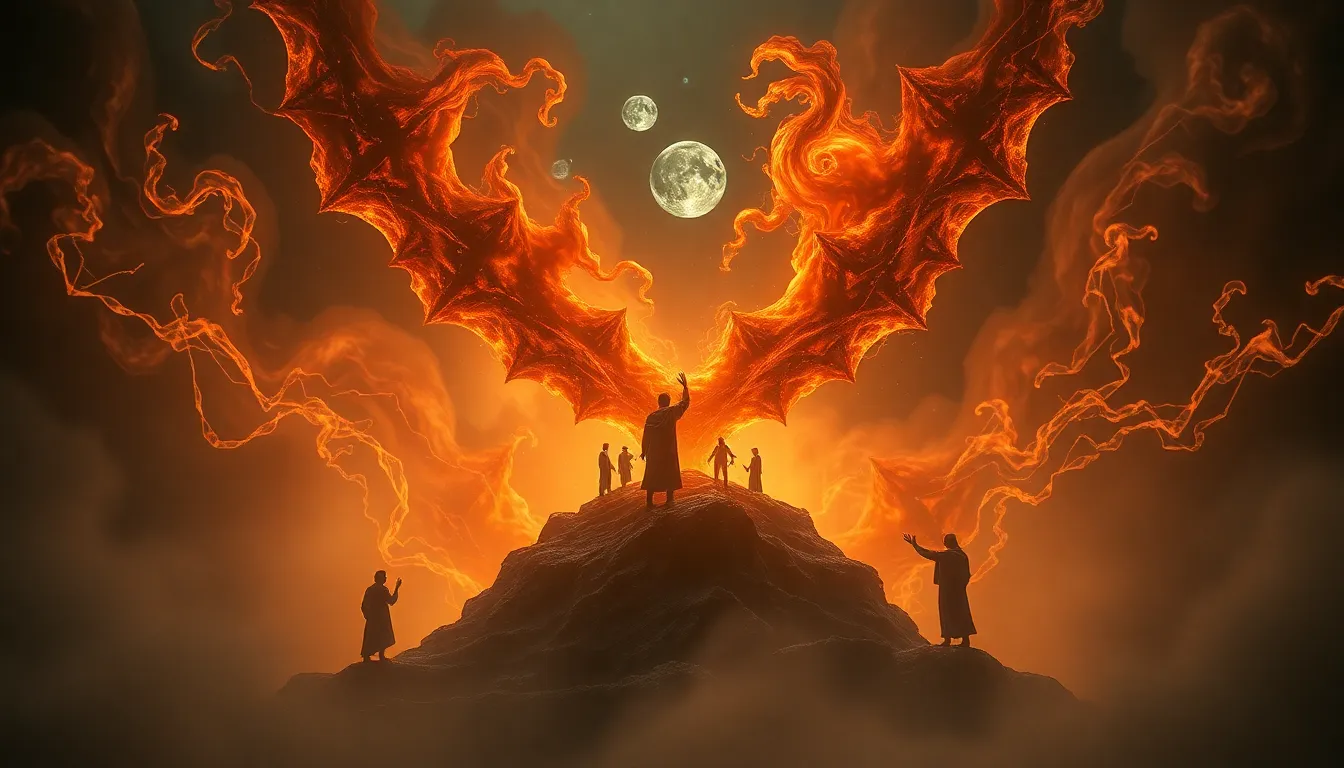The Influence of Norse Mythology on Norse Architecture and Design
Norse mythology, with its rich tapestry of gods, giants, and tales of heroism, has deeply influenced various aspects of Norse culture, including architecture and design. Let’s delve into how these ancient myths shaped the way buildings and art were constructed in the Norse world.
1. Mythological Symbols in Architecture
One of the prominent ways in which Norse mythology impacted architecture was through the incorporation of mythological symbols in building design. For example, the use of the iconic Viking longships as design inspiration for the intricate wood carvings found on buildings, or the resemblance of architectural elements to the famed Yggdrasil tree from Norse cosmology.
2. Influence on Structural Design
Structurally, Norse mythology influenced the design of buildings and monuments. The grand halls of Norse chieftains, with their high-pitched roofs and imposing facades, often evoked the halls of the gods in Asgard. The importance of the natural elements in Norse mythology also led to the use of local materials like wood and stone in construction.
3. Artistic Representation in Design
Norse mythology’s vivid imagery and tales provided a wealth of artistic inspiration for designers and craftsmen. From intricate carvings depicting scenes from the mythology on buildings to the use of motifs like dragons and serpents in metalwork, the influence of these myths on the artistic landscape of the Norse people is undeniable.
4. Cultural Identity and Mythological Heritage
Beyond the aesthetic aspects, Norse architecture and design tied the people to their cultural identity and mythological heritage. The construction of sacred sites like temples and burial mounds reflected beliefs in the gods and the afterlife, reinforcing the spiritual connection between the physical world and the divine realms described in Norse mythology.
In conclusion, the influence of Norse mythology on architecture and design goes far beyond mere decoration. It shaped the structures, materials, and narratives of the built environment, creating a cultural legacy that continues to fascinate and inspire us today.
Frequently Asked Questions About the Influence of Norse Mythology on Norse Architecture and Design
What is the significance of Norse mythology in Norse architecture and design?
Norse mythology played a crucial role in shaping Norse architecture and design, with symbols, motifs, and tales from the ancient mythology influencing the visual elements of buildings, artifacts, and artworks.
How did Norse mythology influence the design of buildings?
Norse mythology inspired the use of intricate carvings, depictions of mythical creatures like dragons and wolves, and symbols like Yggdrasil (the World Tree) in the architectural elements of Norse structures.
What are some common Norse mythological symbols found in Norse design?
Symbols such as Mjölnir (Thor’s hammer), Valknut (knot of the slain warriors), Sleipnir (Odin’s eight-legged horse), and the Helm of Awe are frequently incorporated into Norse architecture and design, reflecting the rich mythological heritage.
How does Norse mythology influence modern Scandinavian design?
Modern Scandinavian design often draws inspiration from Norse mythology by incorporating minimalist aesthetics, natural elements, and symbolic motifs that resonate with the stories and themes of the ancient Norse tales.
Can you provide examples of Norse mythological influences in contemporary architecture?
Examples include buildings featuring Viking ship motifs, rune-like patterns, or depictions of mythical creatures, showcasing a



